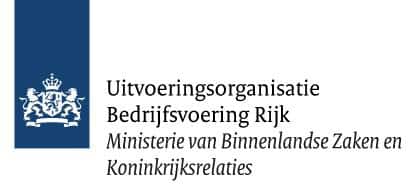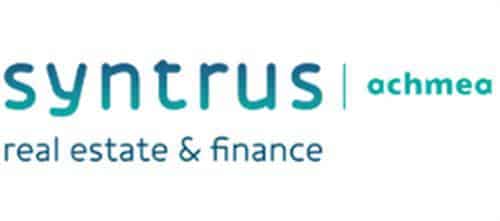Heb je vragen of opmerkingen? Aarzel niet om contact op te nemen. Dat kan via de algemene contactgegevens, rechtstreeks met de genoemde contactpersoon op een van de detailpagina’s, of via onderstaande knop.
Contact
28 april 2025
Toegankelijkheidfuncties in OutSystems
In deze blog beschrijft Paul Reuvers de mogelijkheden die OutSystems biedt om toegankelijkheidsfuncties in te schakelen en mee te werken, bijv. om slechtzienden een pagina goed te kunnen laten bekijken.
30 januari 2025
Generative AI in Oracle APEX
inSystems heeft van Oracle een update gekregen over Oracle & AI en het toepassen van Generative AI binnen Oracle APEX. Een behoorlijk aantal developers heeft de presentatie, verzorgd door Charles Rodriquez St’Omer en Christian Rokitta, bijgewoond.




























































